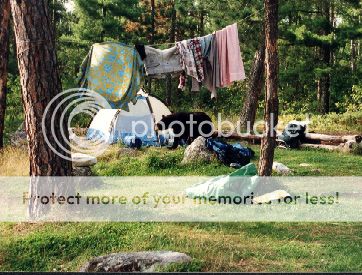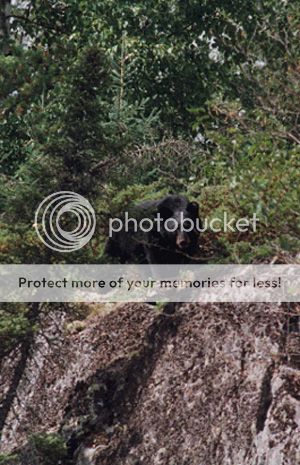Some of my other boating activity. Since my first trip into the BWCA in 1978 I have returned 16 times since then. Here are some photos from the most recent 7 day trip in September 2014.
My canoe partner Lisa and me at the Moose River entry point with our venerable 1978 16 ft Sawyer canoe.

Wild rice on the Moose River

Beaver dam on the Nina Moose River

Seven hours later after traveling two stream systems, seven portages, and crossing three lakes we arrive at out first days destination...Lac La Croix and a campsite with a rare sand beach.

View looking north....Minnesota on the left Canada on the right.

looking east

Looking west

looking south...a storm approaches

camp still standing after a night of thunderstorms.

Hot water shower facilities

Balancing slab of rock

calm day for a paddle



300-400 year old pictographs...a moose above and to the left and another above and to the right.


Figure with a spear

Once widespread there are only a few places where this ancient art survives.

View from Warrior Hill. Racing to the top of this hill carrying a heavy load was a test of manhood for young Native Americans back in the day.

Found another sand beach while out exploring

had fresh bear tracks

and otter

the little things


Two from the deadly Amanita family probably Yellow Patches

Sunset

My canoe partner Lisa and me at the Moose River entry point with our venerable 1978 16 ft Sawyer canoe.

Wild rice on the Moose River

Beaver dam on the Nina Moose River

Seven hours later after traveling two stream systems, seven portages, and crossing three lakes we arrive at out first days destination...Lac La Croix and a campsite with a rare sand beach.

View looking north....Minnesota on the left Canada on the right.

looking east

Looking west

looking south...a storm approaches

camp still standing after a night of thunderstorms.

Hot water shower facilities

Balancing slab of rock

calm day for a paddle



300-400 year old pictographs...a moose above and to the left and another above and to the right.


Figure with a spear

Once widespread there are only a few places where this ancient art survives.

View from Warrior Hill. Racing to the top of this hill carrying a heavy load was a test of manhood for young Native Americans back in the day.

Found another sand beach while out exploring

had fresh bear tracks

and otter

the little things


Two from the deadly Amanita family probably Yellow Patches

Sunset

Last edited:













